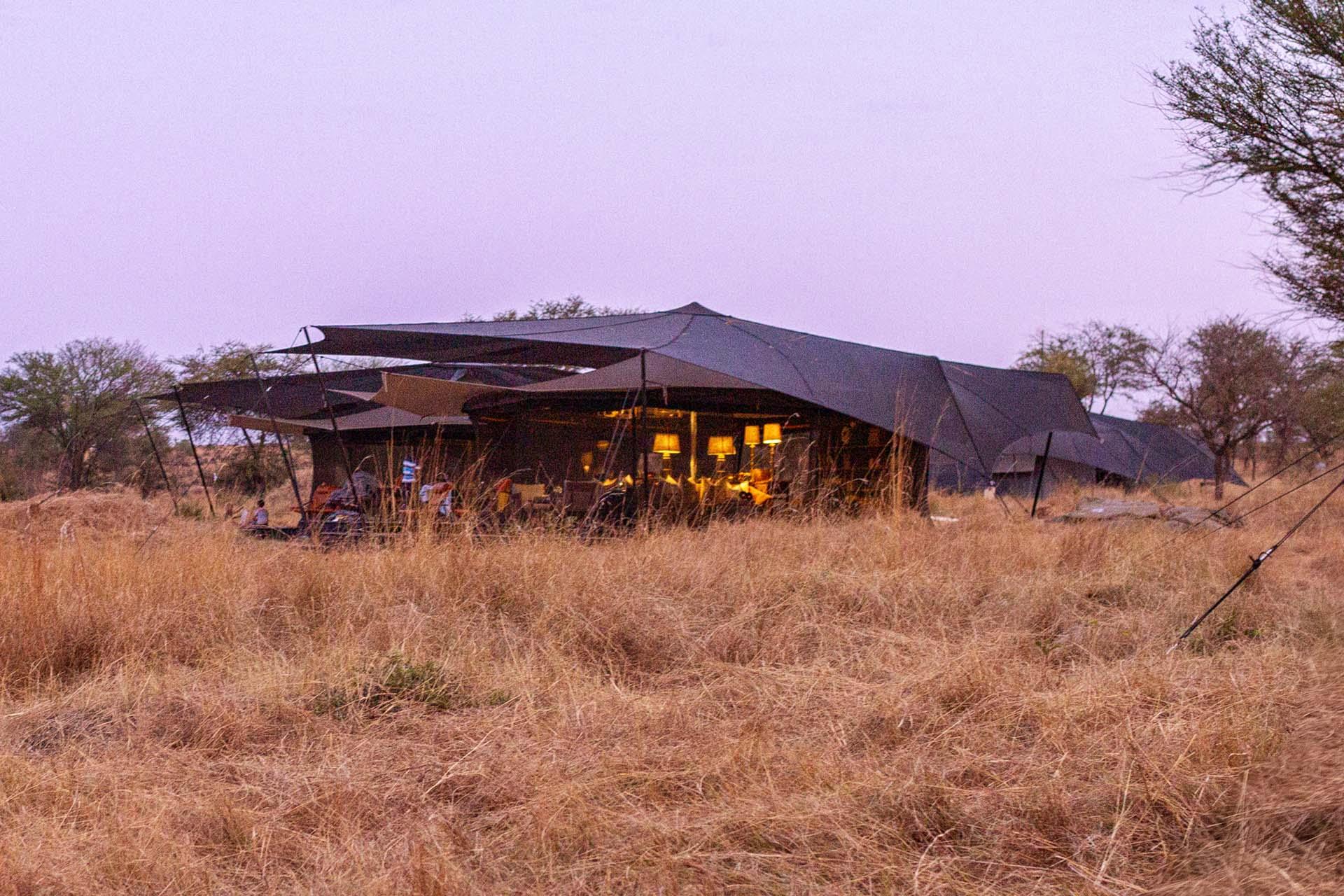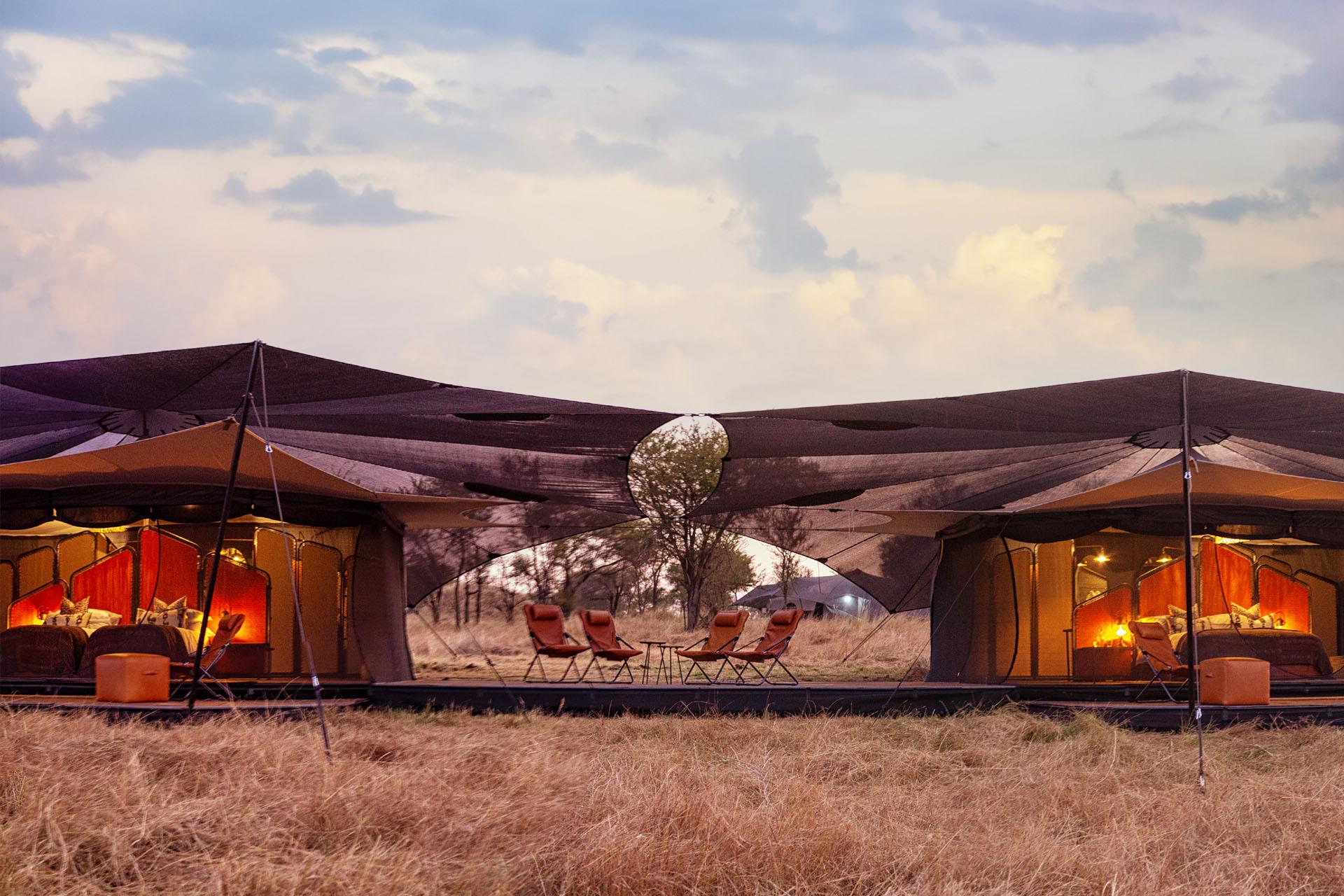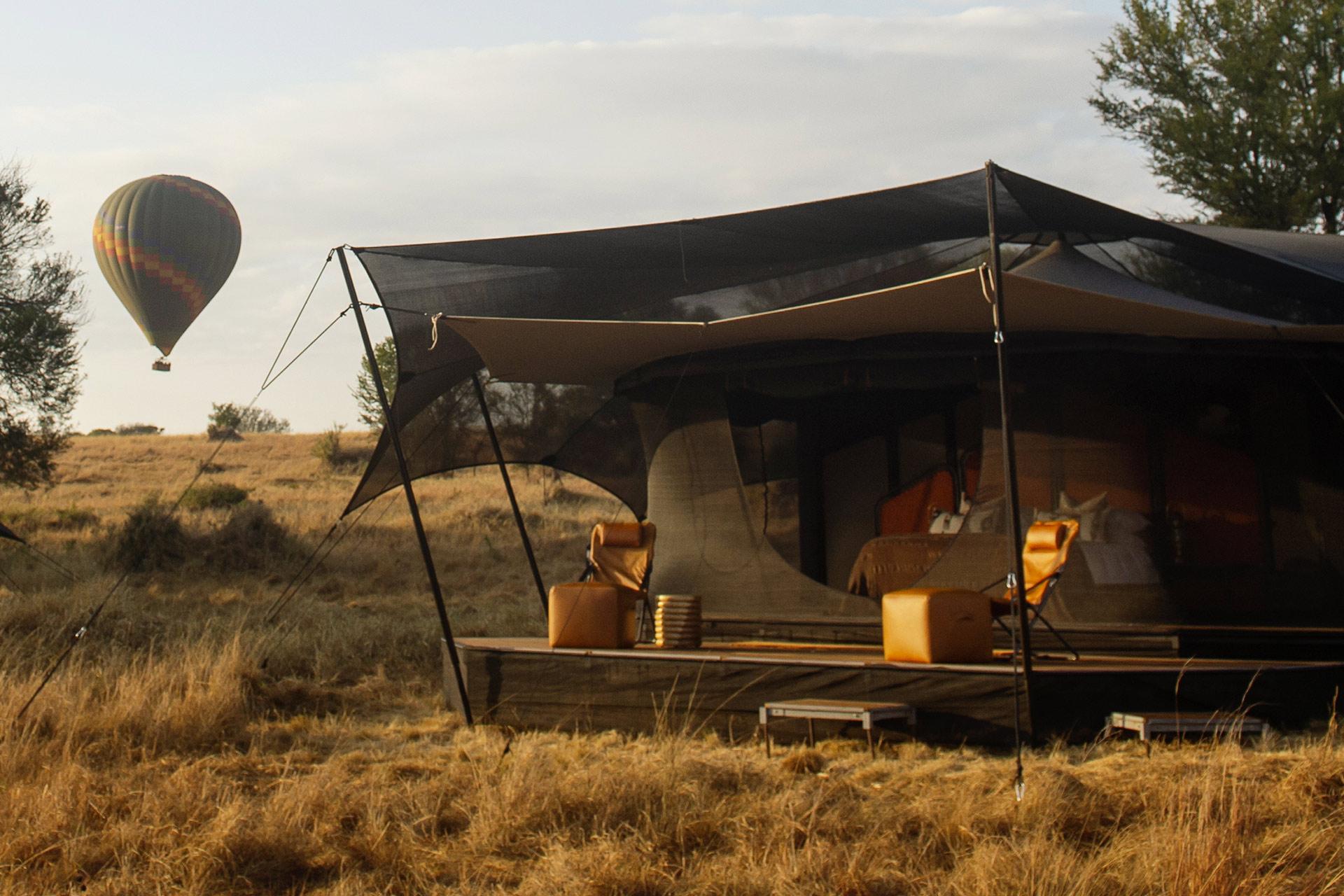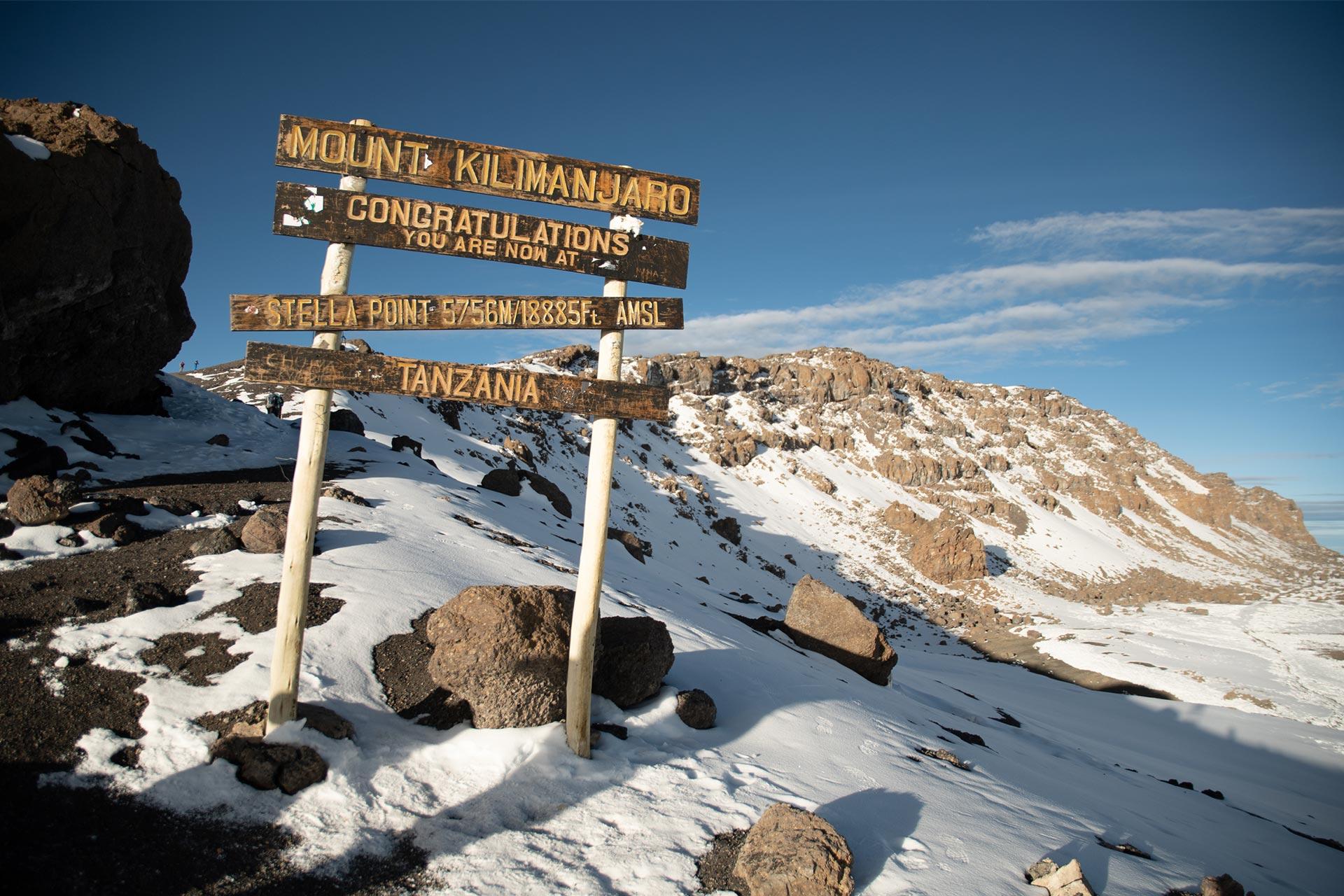The Migration South
The nomadic pastoralist lifestyle of "old world traditional cultures” has inspired many travelers to roam the world in tune with nature. The ancient wisdom of storytellers informing culture where nature's cycle determines the migration of wildlife and people in symbiosis. Safari tent designer Tim Leech, perches, rocking on a stool in the shade of a fig tree, surrounded by nature's paradise, Ngare Sero Mountain Lodge. An old-world storyteller living in the transformational era of the luxury safari industry. In reflection he ponders:
"There is always something to be learned from old world traditional cultures. People must try and regain this contact with nature. The fear of living in a wild environment is what forces the industry to create a place that loses the intimacy with the bush because of you are creating barriers between yourself and the nature around you. To push the boundary a little bit, the client, the traveler can feel safe but be given more exposure to the nature around, creating mental barriers but allowing visibility through them…"
The migration is on its way south
November is usually the month of the first storms, the dry parched landscape seemingly barren, thirsty for the first drops of the short rains. Clouds brew in colors of deep grey and blue bursting with imminent rain. Following the scent of greener pastures, the migration is on its way south to Ndutu and the southern plains in Ngorongoro Conservation Area (NCAA). Some of the herds are migrating through Seronera and Siringit Serengeti Camp. The vast majority of the herds are migrating through the western corridor; Grumeti, Moru Kopjes, Kusini, Makau, eventually spreading themselves across the plains and Acacia woodlands in preparation for the calving season.
Article continues below the picture
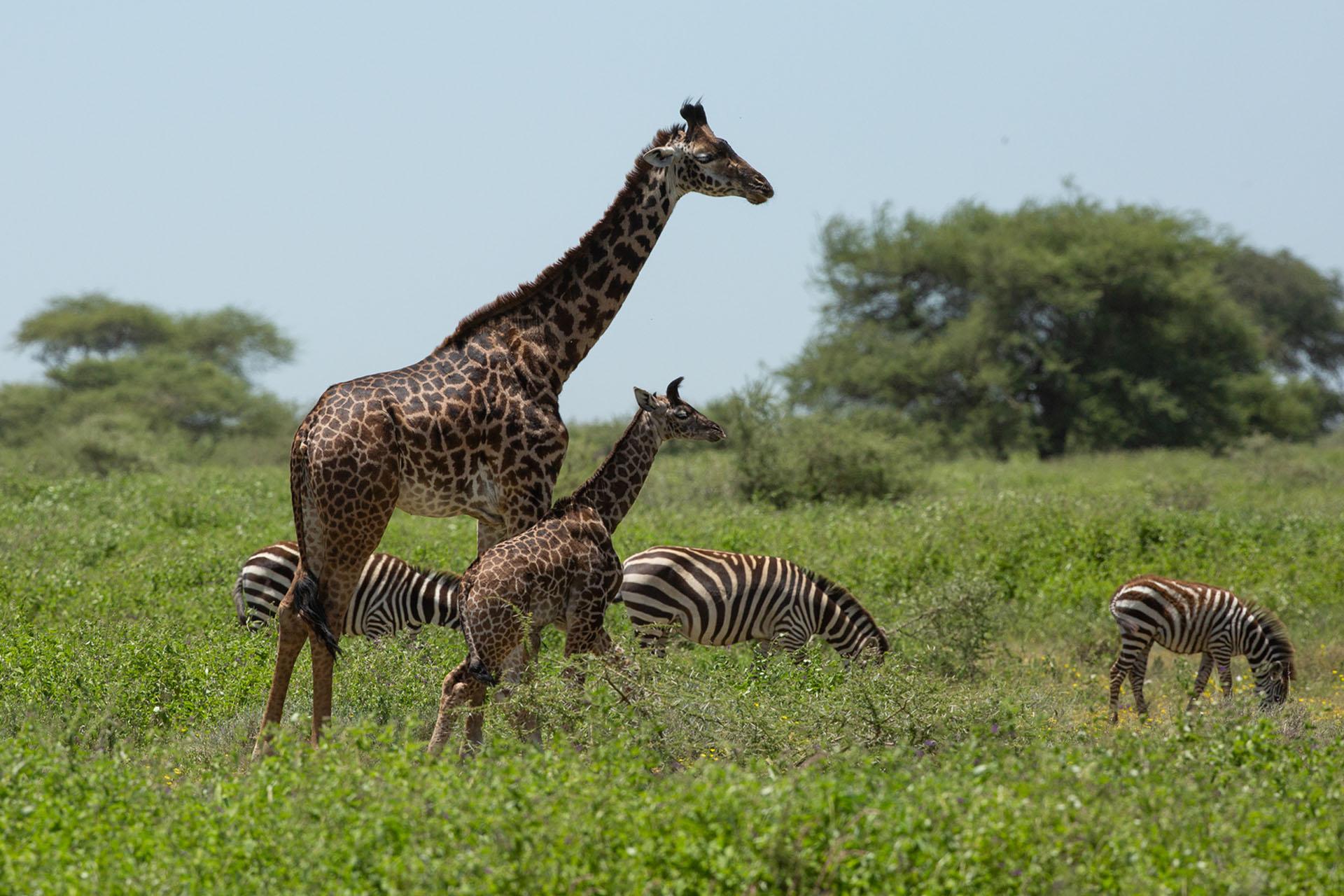
Siringit Migration Camp is moving together with the migration
The design concept of the Siringit Migration Camp is to move with the migration in symbiosis with the wildlife migrations. The Bedouin-style design of the luxury tented camp encourages transparency, visibility, connectivity and intimacy with nature. Guests feel safe, protected and connected with the surrounding environment and wildlife through the visibility of transparent tent walls. The barriers between man and nature subside to give an intimate safari experience.
Siringit Migration camp will be opening in the south on 15th December. The Ndutu site is located just 5km from Ndutu airstrip, overlooking Lake Ndutu. Harmoniously blending into the Acacia woodland, the octagonal-shaped stretch canvas tents, and non-reflective shade nets, camouflage the camp discretely, so that it mimics the surrounding landscape, inconspicuously blending with the environment.
It will take Eric and his team a month to build the migration camp in Ndutu. Designed to be assembled with Lego-style ease, each tent sits on a raised wooden platform, whose purpose is to protect the environment and lower the camp's footprint. The spectacular views over Lake Ndutu, encourage an intimate connection with nature, opening to vistas of wilderness landscapes and wildlife.
Article continues below the picture
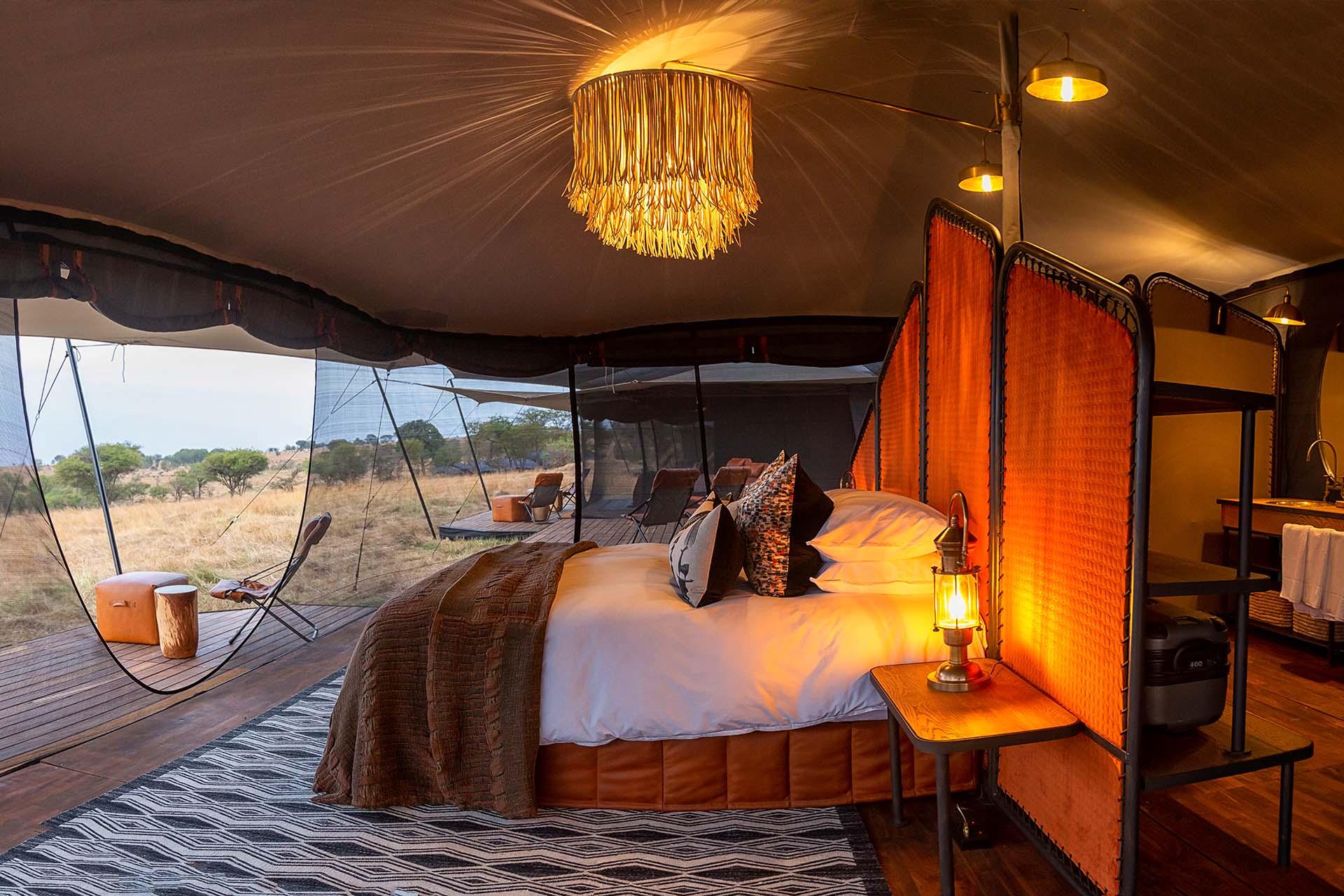
Bringing you closer to nature
“When you have a Bedouin-style shade net coming down, it creates privacy for that tent, but from the inside out, you can still see through these materials. Animals, herbivores feel very comfortable, to walk right up to your tent and graze, and you have your own experience of animals grazing outside your tent, which gives more intimacy. These tents give you that, safety, but also the intimate bush experience.”
Ndutu is located in the Ngorongoro Conservation Area which borders the Serengeti National Park. The Ngorongoro and Serengeti ecosystems are diverse in vegetation, terrain, and wildlife. During December – March, migrations will arrive in the area for the calving season. The meandering marsh streams feed into Lake Ndutu and Lake Masek whose shores teem with birdlife. The landscape comprised of Acacia woodland, lakes, marshes and open plains, creates an abundant sacred breeding ground for the migration calving.
Article continues below the picture
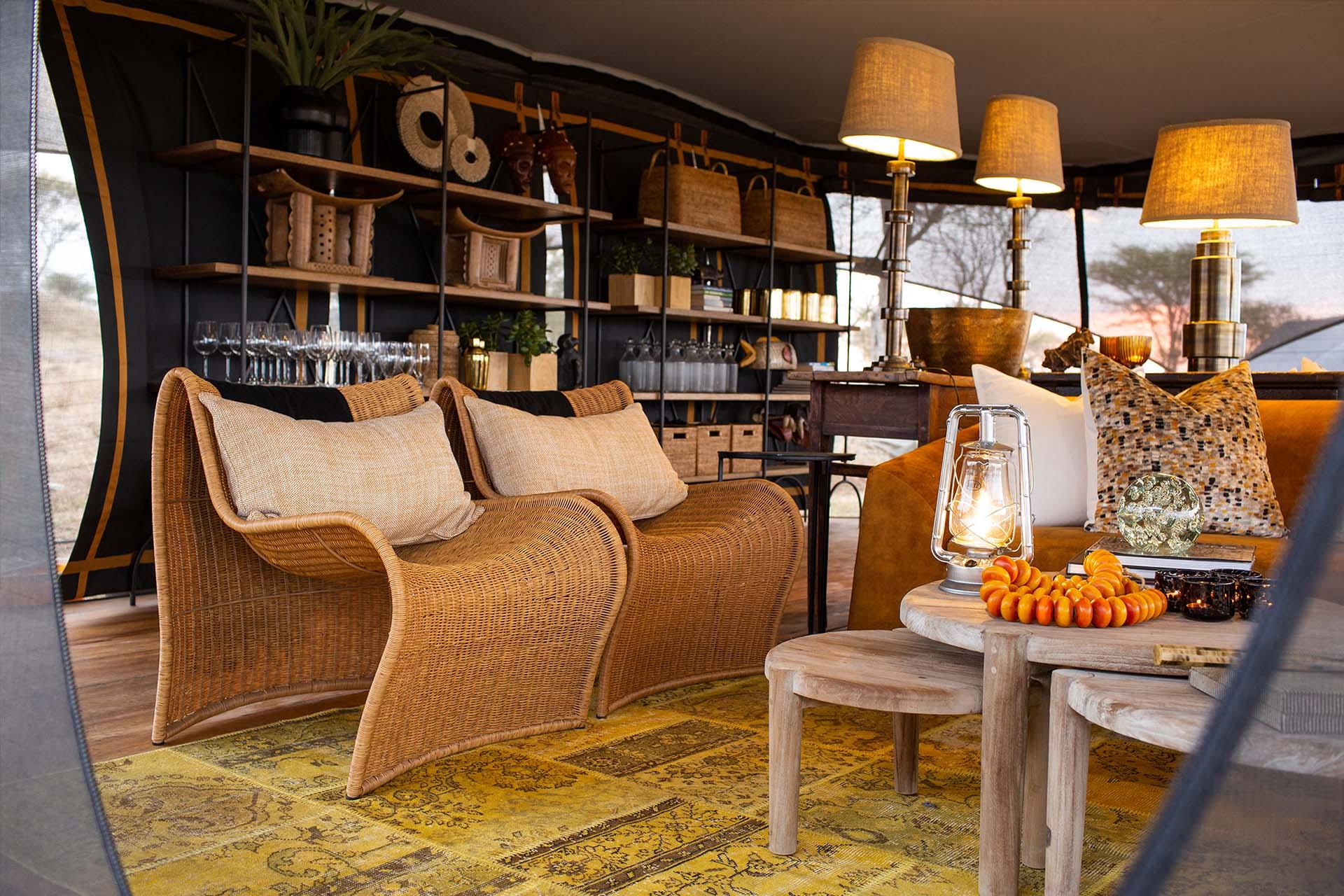
The calving season
Wildebeest, zebra, and gazelle will migrate into the area in December and wait until the conditions are optimal before dropping their calves. The calving season generally starts middle of January and lasts until March. During this time, predators are active. This is an excellent opportunity to experience a pack of wild dogs, cheetah, or pride of lions stalking and hunting their prey on the plains. This is also the time of year when cubs are born. The cycle of life, renewal, and birth is all narrated in the safari stories of the day. A scattering of hooves and footprints read on a dusty trail.
Article continues below the picture
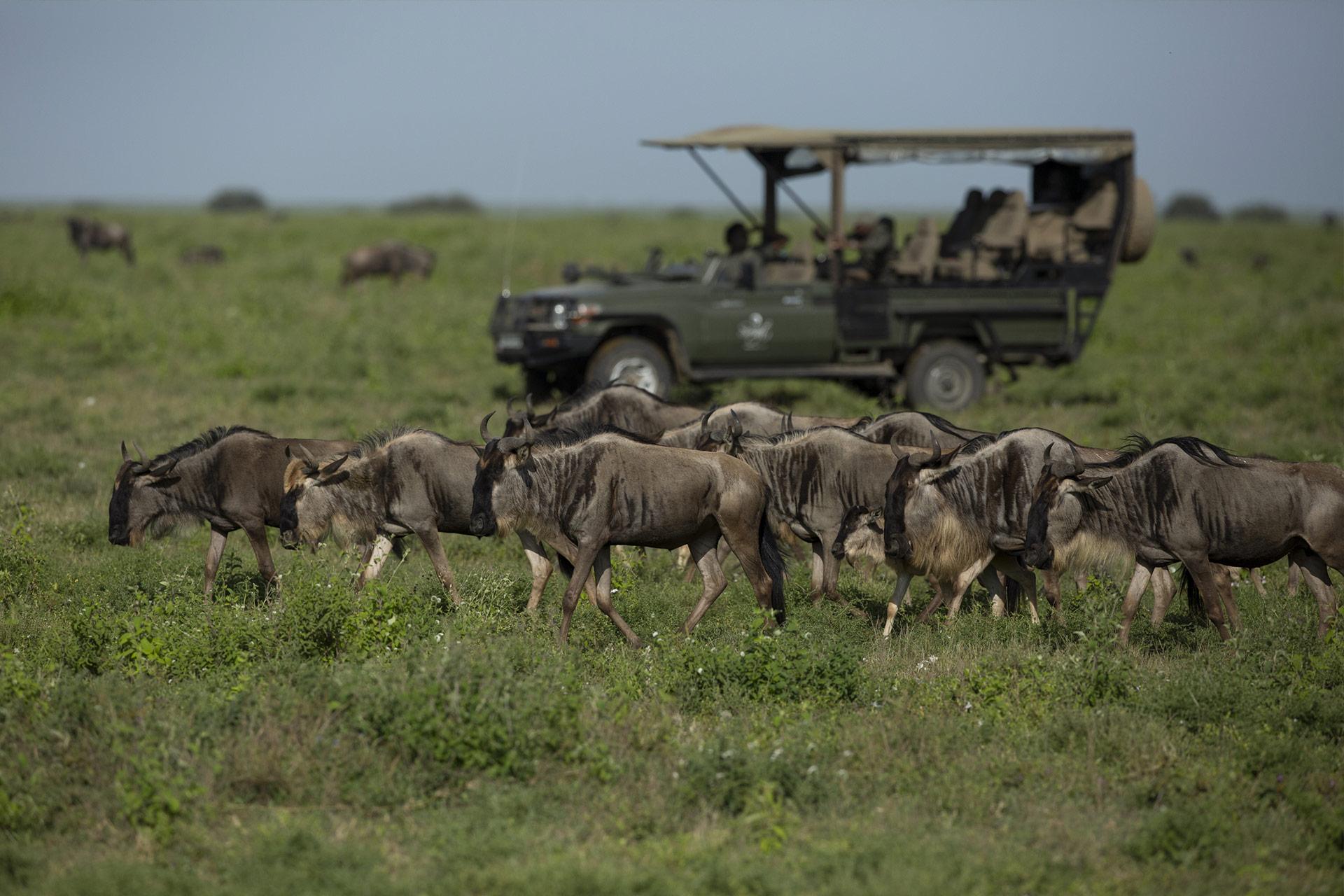
Safari in the south with Siringit is an intimate experience
It is possible to drive off-road in the Ngorongoro Conservation Area, which makes it easier to follow predators during hunts, experience wildlife intimately, and spend extended amounts of time observing wildlife in its natural habitat. Off-road, game viewing in an open vehicle across the southern plains through a sea of millions of wildebeest, is an unforgettable intimate safari experience:
“Having a close relationship with the environment around you, the awareness of the creatures and the landscape around you, will be your best memories probably.”
Safari in the south with Siringit is an intimate experience bringing you closer to nature.
Memories for a lifetime
